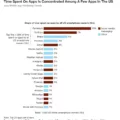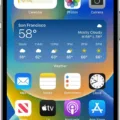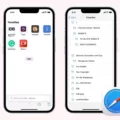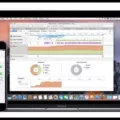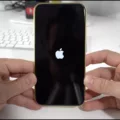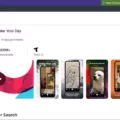The iPhone is one of the most popular smartphones in the world, known for its sleek design, powerful performance, and user-friendly interface. One of the many features that iPhone users enjoy is the ability to download various files and content directly onto their device. However, sometimes you may want to change the download settings on your iPhone to optimize your experience. In this article, we will guide you through the process of changing download settings on iPhone.
To begin, open the Settings app on your iPhone. This app is represented by a gear icon and can usually be found on the home screen or in the app drawer. Once you have opened the Settings app, scroll down and look for the option labeled “Safari”. Safari is the default web browser on iPhones, and changing its settings will affect your download preferences.
Once you have found the Safari option, tap on it to open the Safari settings menu. In this menu, you will find various options related to the Safari browser. Look for the option labeled “Downloads” and tap on it to access the download settings.
Within the Downloads settings, you will be presented with different options for changing the download location on your iPhone. By default, Safari saves downloaded files to the iCloud Drive. However, if you prefer to save your downloads to a different location, you can choose from two other options: “On My iPhone” or “Other”.
If you want to save your downloads to the iCloud Drive, simply select the “iCloud Drive (Downloads)” option. This will ensure that any files you download will be stored in your iCloud Drive, which can be accessed from other Apple devices.
On the other hand, if you want to save your downloads directly to your iPhone’s storage, you can choose the “On My iPhone (Downloads)” option. This will save your downloaded files to a folder on your iPhone, allowing you to access them even without an internet connection.
Lastly, if you have a specific folder in mind where you want to save your downloads, you can select the “Other” option. This will allow you to browse your iPhone’s file system and choose a custom location for your downloads.
Once you have selected your desired download location, tap “Done” to save the changes. From now on, any files you download using Safari on your iPhone will be saved to the selected location.
It’s worth noting that changing the download settings on your iPhone only affects downloads made through the Safari browser. Other apps may have their own download settings, which you can usually find within their respective settings menus.
Changing the download settings on your iPhone is a simple process that can be done through the Safari settings menu. By selecting the appropriate download location, you can ensure that your downloaded files are stored in a location that suits your needs. Whether it’s the iCloud Drive, your iPhone’s storage, or a custom folder, you have the flexibility to choose where your downloads go. So go ahead and customize your download settings to optimize your iPhone experience.
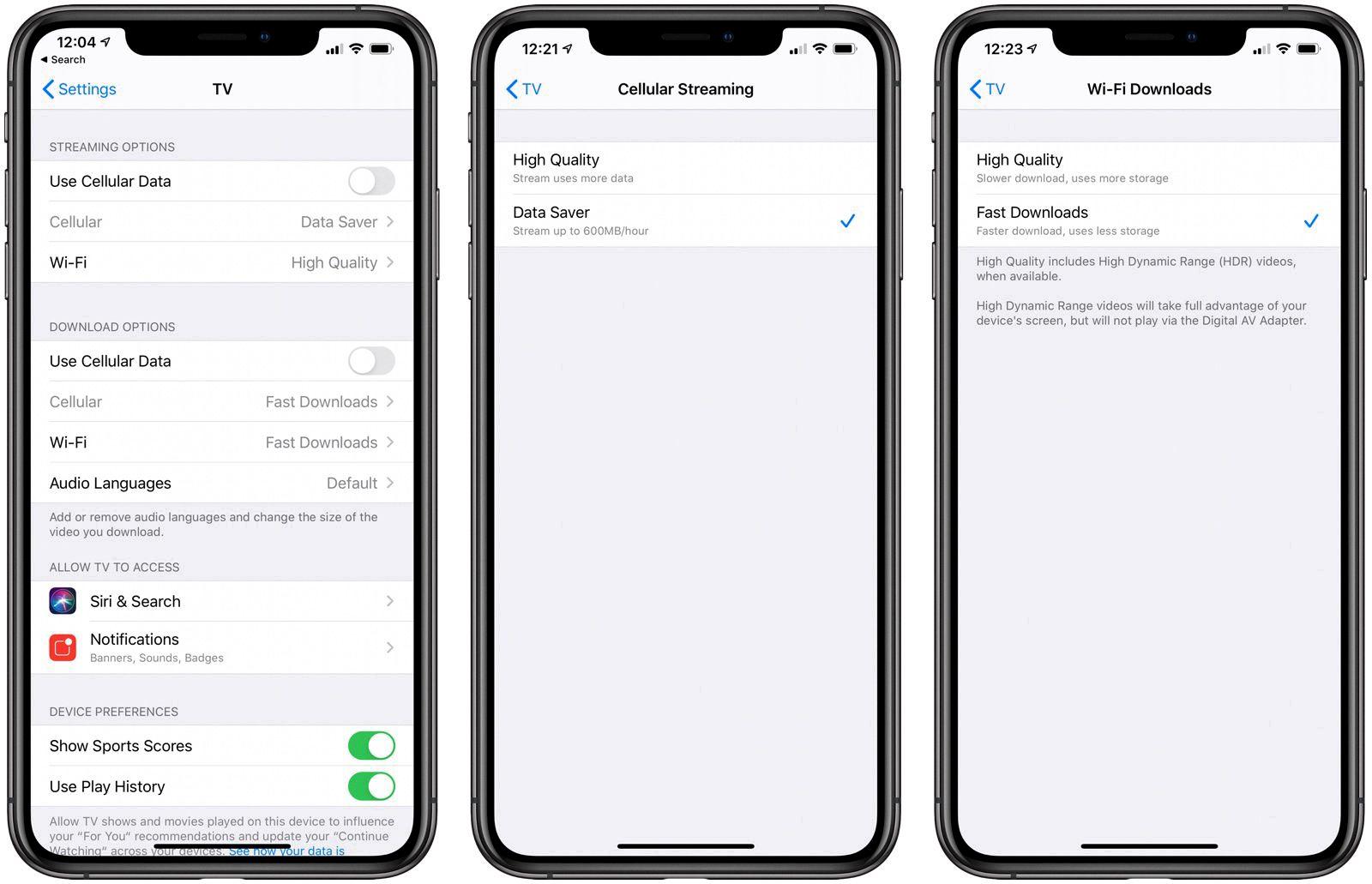
How Do You Allow Downloads Over Cellular?
To allow downloads over cellular on your mobile device, follow these steps:
1. On an Android device, go to the Settings app. On an iPhone, go to the Settings app and scroll down to find the specific app you want to allow cellular downloads for.
2. Look for the “Data usage” or “Cellular” option in the Settings menu and tap on it.
3. In the Data usage or Cellular settings, you may see a list of apps with toggles or checkboxes next to them.
4. Find the app you want to allow downloads for and make sure the toggle or checkbox is enabled or selected. This will allow the app to download content over your cellular network.
5. If you don’t see the specific app listed, you may need to check the app’s individual settings. Look for a “Download” or “Network” section within the app’s settings and see if there’s an option to allow downloads over cellular.
6. Some devices or apps may have additional settings related to downloads over cellular. For example, you might be able to set a limit on the file size or choose to download only when connected to Wi-Fi and charging. Explore the settings options to customize your preferences.
It’s important to note that downloading large files or using data-intensive apps over cellular networks can consume a significant amount of data and may result in additional charges from your mobile service provider. Make sure you have an appropriate data plan or consider using Wi-Fi whenever possible to avoid exceeding your data limit or incurring extra costs.
Remember to always monitor your data usage and adjust your settings accordingly to ensure a smooth and cost-effective mobile experience.
How Do You Control Where Your Downloads Go On Your iPhone?
To control the download location on your iPhone, follow these steps:
1. Open the Settings app on your iPhone.
2. Scroll down and tap on “Safari” from the list of options.
3. In the Safari settings, find the “General” section and tap on “Downloads”.
4. You will see three options: “iCloud Drive (Downloads)”, “On My iPhone (Downloads)”, and “Other”. Choose the option that suits your preference.
– If you select “iCloud Drive (Downloads)”, your downloaded files will be saved to your iCloud Drive. This allows you to access them from any device connected to your iCloud account.
– If you choose “On My iPhone (Downloads)”, your downloads will be saved directly to your iPhone’s local storage. This is a good option if you want to keep your files only on your device.
– If you tap on “Other”, you can choose a specific folder or location on your iPhone where you want your downloads to be saved. This option is useful if you have a particular folder structure or organization system in place.
5. If you select “Other”, you will be prompted to choose a folder or location. Browse through your device’s directories and select the folder you want to use for your downloads.
6. Once you have selected the desired folder, tap on “Done” to save your changes.
By following these steps, you can easily control where your downloads go on your iPhone, whether it’s saving them to iCloud Drive, your device’s local storage, or a specific folder of your choice.
How Do You Allow Apps to Download On Data?
To allow apps to download using mobile data, you can follow these steps:
1. Open the Settings app on your device.
2. Look for the “Network & internet” option and tap on it.
3. In the next menu, locate and tap on “Data usage.”
4. Once inside the Data usage settings, you may see an option called “Data saver.” If it is turned on, you will need to proceed to the next step. If it is already off, you can skip to step 7.
5. Tap on “Data saver” to access its settings.
6. Look for the option called “Unrestricted data access” and tap on it.
7. Scroll down the list of apps and services until you find “Google Play Store.”
8. Tap on the Google Play Store to access its settings.
9. Within the Google Play Store settings, you should see a toggle switch or an option to enable the app to use unrestricted data access.
10. Enable the toggle switch or check the option to allow the Google Play Store to download using mobile data.
Following these steps will ensure that you have allowed apps, specifically the Google Play Store, to download content using your mobile data connection. Keep in mind that enabling this option may consume your mobile data plan more quickly, so it is advisable to use it with caution and monitor your data usage regularly.


